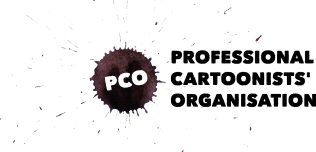The PCO Cartoon Review of the Year 2021
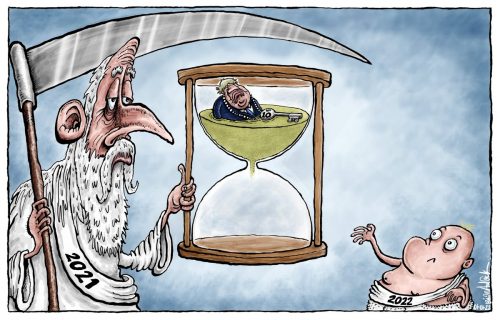
Cartoon by © Brian Adcock To quote the great Benny Andersson ‘Mamma mia, here we go again’ with another PCO members ‘Cartoon Review of The Year’. For the most part it’s been another %¢º€@$ one (Google Translate it) but once more cartoonists injected some humour into it….apart from the odd cartoonist injecting humour refusenik. The […]
New Yorker, New Yorker, it’s a wonderful ‘toon
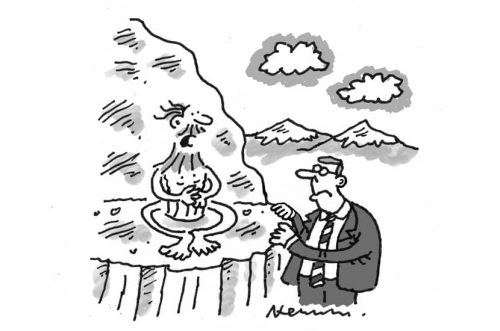
‘I can explain the meaning of life, but not the meaning of New Yorker cartoons.’ Cartoon © Nick Newman Why do cartoonists struggle to break America? by Nick Newman and courtesy of The Spectator. Cartoons are like gossamer and one doesn’t dissect gossamer.’ So says Mr Elinoff, the fictional cartoon editor of the New Yorkerin […]
Private Eye at 60 – First Cartoons
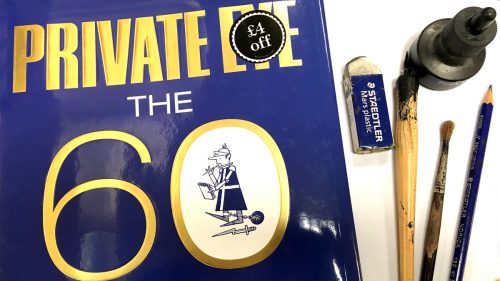
Happy 60th birthday Private Eye! In celebration, cartoonists have been posting their first (or early) cartoons from the mag. Here’s a few of them culled from the twittersphere by PCO members starting with Clive Goddard who set the ball rolling: © Clive Goddard © The Surreal McCoy © Wilbur Dawbarn © Mike Stokoe @ Sarah Boyce […]
Jane Mattimoe’s UK Case for Pencils (4): Jonesy
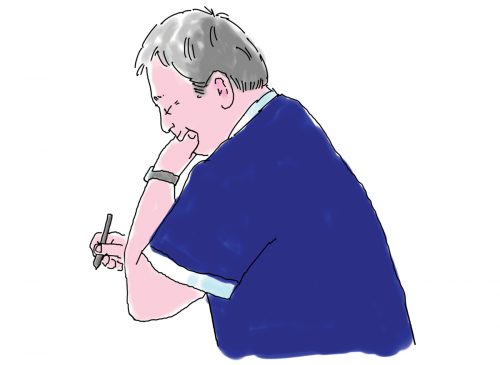
A selfie by © Jonesy Another of our occasional dives into the pencil case of a UK cartoonist from Jane Mattimoe’s A Case for Pencils series. In this instalment it’s the turn of PCO’s very own committee compadre: Jonesy (aka Steve Jones) Bio: So far I’ve been published in Private Eye, New Statesman, Prospect, Harvard Business Review, […]
A Peer at Herne Bay Cartoon Festival 2021

A carousel of cartoonists. Photo by © Ray Covey Apologies for the late running of our usual photo gallery of the Herne Bay Cartoon Festival but pictures were delayed by the HGV lorry driver shortage…so blame Brexit/Covid. Join me now as we take a not-so virtual tour up the pier… Photo by © Jason Hollingsworth The […]
Eaten Fish nets Norwegian award
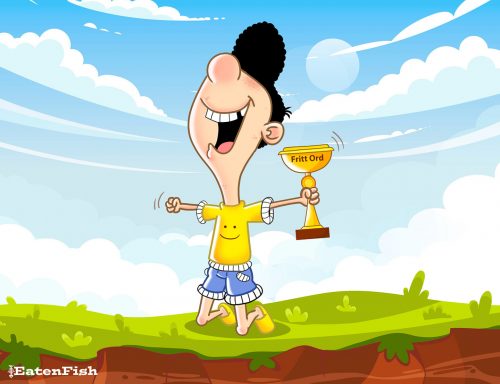
Cartoon by © Eaten Fish Honorary Overseas PCO member Eaten Fish, also known as Ali Durani, has received the prestigious Fritt Ord Foundation award. This scholarship is given to nine cartoonists living in Norway who use the medium of visual satire. Fritt Ord aim to strengthen the position of satire drawing in Norway, because […]
Shrewsbury Cartoon Festival exhibition comes to the High Street
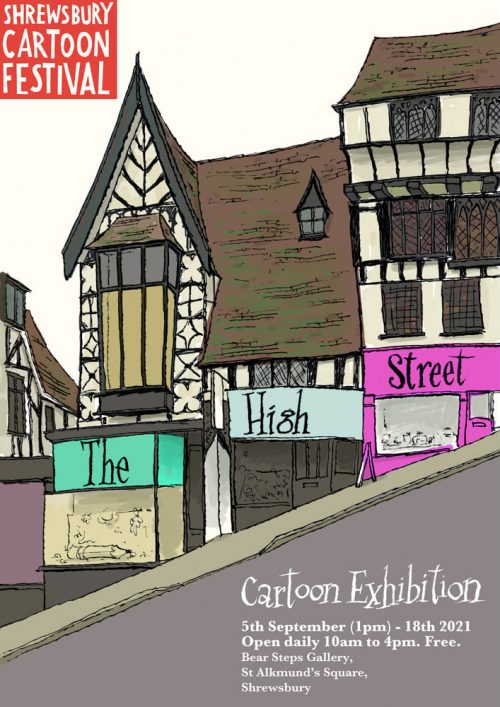
Poster illustration by © Jonathan Cusick Festival Organising team member Sarah Knapp writes: Delayed by lockdowns, and consequently without it’s usual live events, Shrewsbury Cartoon Festival exhibition is going ahead this year represented by two exhibitions at the Bear Steps Gallery, Shrewsbury from 6th to 18th September. The show goes up. Our theme is ‘The High […]
Fingers raised
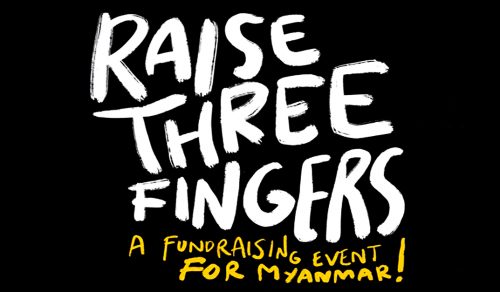
The PCO has been proud to be involved with the ‘Raise Three Fingers’ for Myanmar campaign. Members have been drawing the three fingers salute which is a symbol of protest in the region (originally from ‘The Hunger Games’ believe it or not) and donating artwork to be sold for the cause. We also ran a ‘draw […]
Herne Bay Cartoon Festival Sets Sail Again
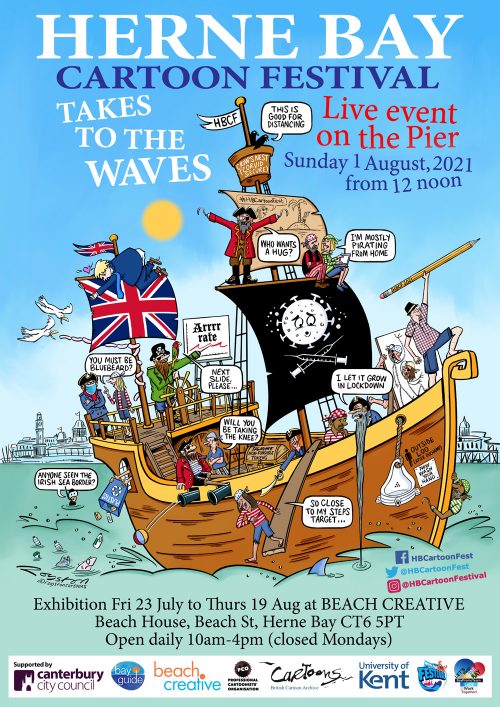
Herne Bay Cartoon Festival is back this year. We weren’t able to gather in 2020 for obvious reasons, and when we meet again this summer we will sadly be missing some friends including festival co-organiser Steve Coombes who passed away last December. His tireless enthusiasm and joi de vivre will be missed so much at the […]
